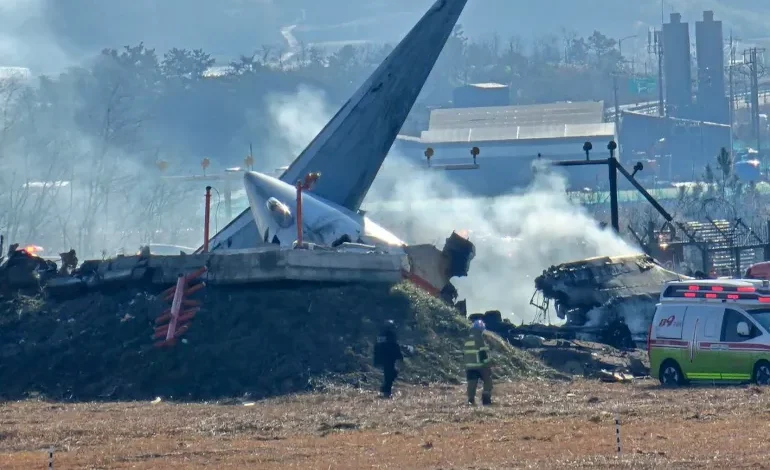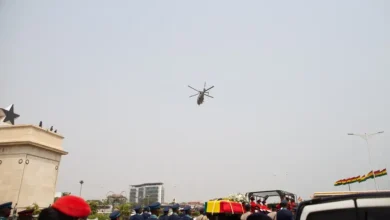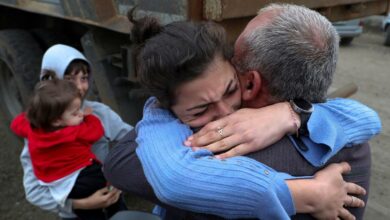South Korea’s worst-ever plane crash highlights dangers of bird strikes

The fatal crash of Jeju Air Flight 2216 in South Korea has highlighted the risks birds can pose to commercial airliners.
Pilots told air traffic control that their aircraft collided with a flock of birds shortly before declaring Mayday and making an emergency landing at Muan International Airport, according to South Korea’s Ministry of Land, Infrastructure and Transport.
Footage of the crash on Sunday showed the twin-engine Boeing 787-800 making a belly-flop landing on the runway without its landing gear deployed.
The aircraft then skidded across the tarmac before hitting a concrete wall and exploding into flames, killing 179 of 181 people on board.
While large birds in particular can pose dangers to aircraft, it would be highly unusual for a bird strike alone to cause a crash, aviation experts said.
Dane Williams, director of the consultancy Aviation Safety Asia, said it would be “extremely unlikely” for a bird to bring down a modern aircraft such as a Boeing 787-800.
Geoffrey Thomas, the Australia-based editor-in-chief of Airline Ratings, said a bird strike would most likely only be partially to blame.
Evidence points to the aircraft experiencing an electrical failure because it stopped transmitting location data – known as “ADS-B data” – to air traffic control shortly after declaring Mayday, Thomas said.
“Now, why those things happen, we don’t know, but it all happened after air traffic control warned of a flock of birds,” Thomas added.
It will likely be months before investigators determine the cause of the crash, which is the deadliest air disaster to ever take place on South Korean soil.
South Korean authorities are probing the disaster alongside the United States’ National Transportation Safety Board in accordance with global aviation regulations because the Boeing aircraft involved was made in the US.










